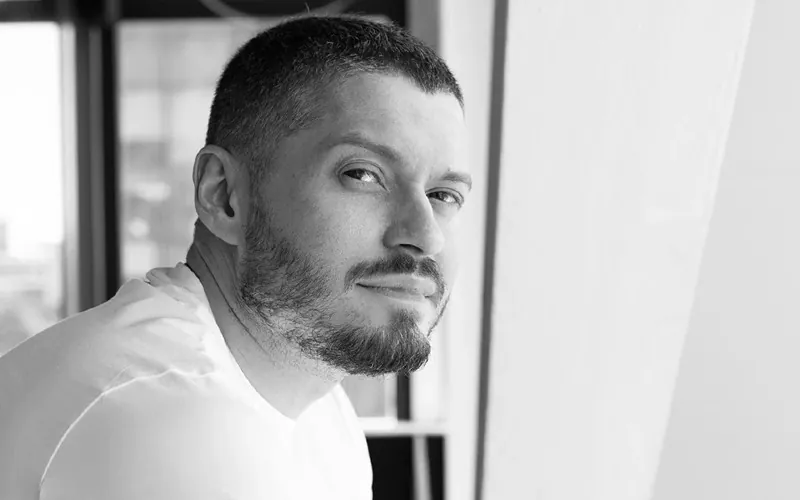When we launched LaFinteca, we thought we had a solid understanding of how digital payments should work. Fast, secure, user-friendly — sounds simple, right?
But after three years of working hands-on with local payment systems across LATAM, I’ve realized just how much of a learning curve this region presents — and how many assumptions can break down once theory meets reality.
Here’s what I wish someone had told me before we started — and what I now tell every fintech founder who wants to enter the region.
One region, many realities
LATAM is not a single market — not even close. Yes, there are similarities in language, culture, and economic challenges, but when it comes to payment infrastructure, regulation, and consumer behavior, each country tells its own story.
“In Brazil, we worked with a system that was lightning-fast and widely adopted. But trying to replicate that same approach in Mexico or Colombia was like forcing a square peg into a round hole,” says Dmytro Rukin.
A product that works flawlessly in São Paulo can fall apart in Bogotá unless it’s reengineered. One of the biggest mistakes is thinking you can “copy and paste” your fintech solution across borders. You can’t.

Local payment rails aren’t optional — they’re the default
Forget about global card schemes as your foundation. In LATAM, local rails dominate — not just because they’re cheaper, but because they’re trusted. PIX, SPEI, PSE: these are not “alternatives.” They are the standard.
“If your product doesn’t integrate with local rails, you’re not just missing out — you’re basically invisible to the market,” notes Dmytro Rukin.
At LaFinteca, we’ve built custom integrations for each of these systems. It took time and patience, but it’s the only way to achieve real adoption and usability.
Regulation isn’t a side issue — it’s a core function
In some markets, regulators are open to innovation. In others, they move slowly — or not at all. Either way, regulation sets the pace and shape of what you can do.
“Compliance is not a checkbox. It’s part of your product experience. If you treat it as an afterthought, you’re setting yourself up for failure,” says Dmytro Rukin.
We built direct communication channels with regulators in Brazil and Mexico. That clarity helped avoid costly mistakes and shaped the way we launch new features.
Infrastructure is fragile — plan for failure
This isn’t about blaming governments or central banks. But the reality is: outages happen. Transfers stall. Systems go down. If your platform isn’t built with fallback logic, retries, and smart reconciliation, you’re not ready.
“In LATAM, infrastructure reliability can vary day by day. Your users shouldn’t suffer for that. It’s on you to create graceful backup systems,” adds Rukin.
Now, we don’t treat these events as exceptions — we treat them as expected.
Costs are not what they seem
Local systems are fast and accessible — but they’re not always cheap. When you factor in commissions, intermediary fees, currency conversions, tax structures, and bank settlements, your margins can disappear quickly.
“Don’t just count your revenue. Count the layers between you and your end user — each one takes a cut,” advises Dmytro Rukin.
We learned to build unit economics country by country, from scratch — not relying on imported assumptions.
People trust people — not just platforms
In LATAM, trust is personal. Users don’t automatically trust a new app, especially one without local roots. You can’t buy your way into credibility.
We started seeing real traction only when we worked with local teams, hired country managers, and translated not just our UI — but our entire approach.
“Trust is earned through presence. You have to be there, speak the language — not just linguistically, but culturally,” says Rukin.
You need a local partner in every country
No matter how good your team is, you’ll need local allies. Partners who understand the landscape, know the unspoken rules, and can tell you what the documentation doesn’t say.
“The best insights we’ve had didn’t come from Google or APIs — they came from people who lived the market every day,” shares Dmytro Rukin.
Once we stopped treating local experts as “optional” and made them part of our core strategy, we scaled faster — and made fewer mistakes.
If I were starting again…
If I could rewind to day one, I wouldn’t begin with the product. I’d begin with the people — the local advisors, the regulatory consultants, the country specialists. They would shape the product from the start, not just “help launch” it later.
“The product will change. The regulations will change. But relationships — if built right — will carry you through all of it,” concludes Dmytro Rukin.
LATAM has taught me to stay humble, stay flexible, and stay curious. For any fintech looking at this region, my advice is simple: don’t expect to teach the market. Learn from it. It’s a region full of opportunity — but only if you’re willing to do the work on its terms.
Also read my thought: Top 3 Tips for Young Fintech Entrepreneurs From LaFinteca’s CEO Dmytro Rukin


